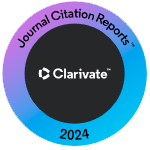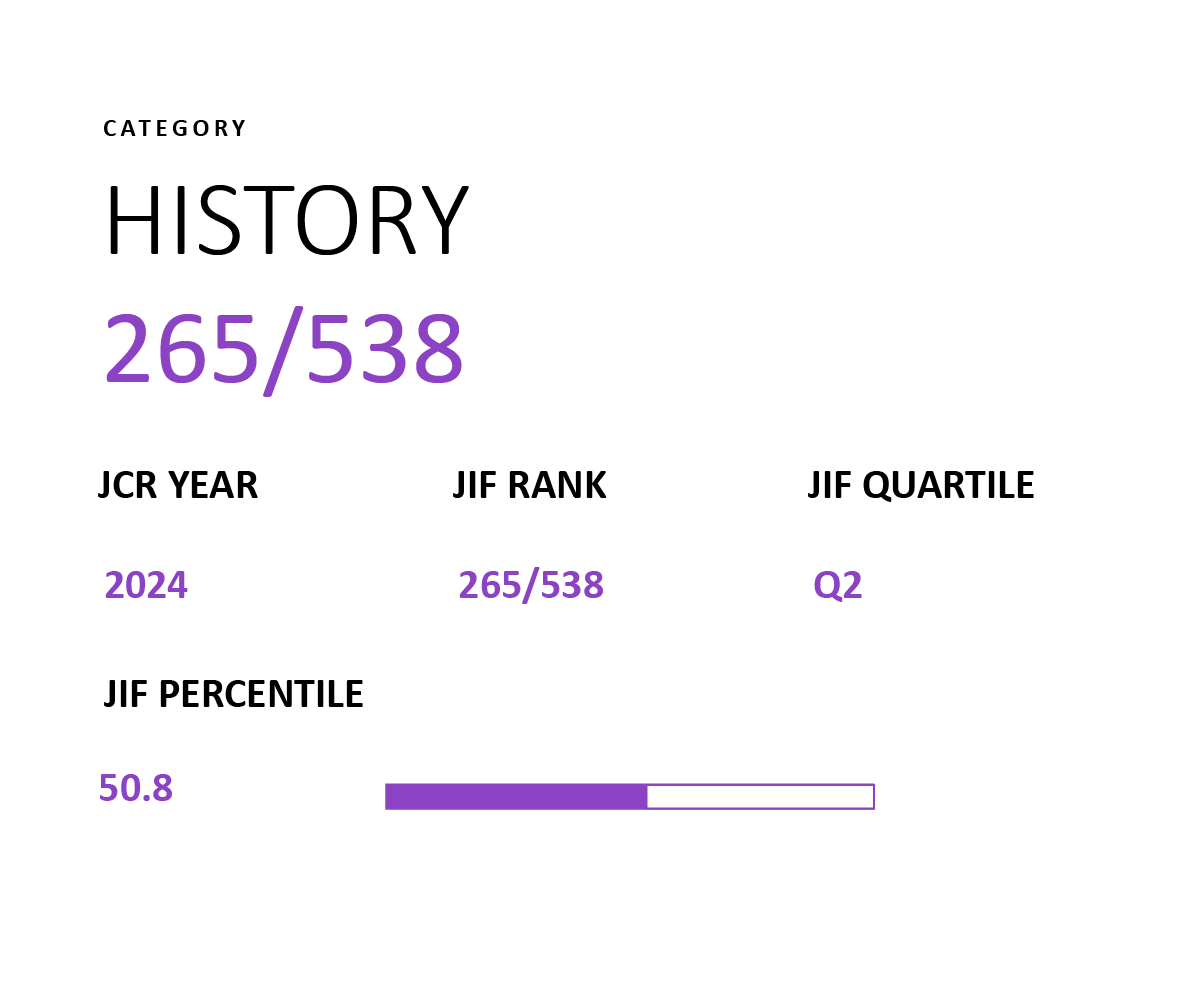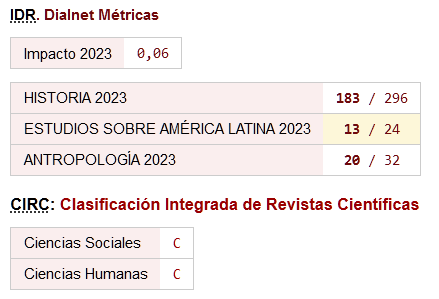The Red Path or the Peruvian Communist Party Marxist-Leninist-Maoist (1992-1999) Ideology, Organization and Strategy
DOI:
https://doi.org/10.46661/americania.4912Keywords:
Sendero Luminoso, Perú, Guerrilla, Terrorism, FocoismAbstract
The capture of Abimael Guzmán, the leader of the PCP-Shining Path in 1992, provoked a significant change both in the Peruvian armed conflict (1980-200) and in the Maoist organization. One of these changes was the rising of a new political subject, the Red Path, also known as PCP-Proseguir or PCP-Marxista-Leninista-Maoísta. First as a cleavage and then as a party, the existence of the Red Path started in 1992. It was consolidated in 1995 and maintained until 1999 altogether with the capture of its leader Óscar Ramírez Durand (a) Feliciano. Consequently, the main aim of the investigation is to analyze the changes and the continuities originated by the Red Path in its rising and development as well as to expose its autonomy and specificity towards the Shining Path. There are three central axis in the investigation which are: the ideology's analysis, strategy and organization.
Downloads
References
Burt, Jo-Marie y López Ricci, José, “Peru: Shining Path after Guzmán”, NACLA Report on the Americas, v.3, n.28, 1994, 6-9.
Bourllaud, Jean, Dolfus, Olivier y Gondard, Pierre, “Pérou: Le Haut Huallaga de la coca à l’abandon”, Problemes d’Amerique Latine, no28, 1998, 109-123.
CVR, Informe Final, Comisión de la Verdad y Reconciliación, Lima, 2003.
CVR, Anexo estadístico, Comisión de la Verdad y Reconciliación, Lima, 2003.
Chamba, F et al., “Coca et violence: le témoignage du Alto Huallaga au Pérou”, Aurepart, n.26, 2003, 157-171.
Clauswitz, Carl Von, De la guerra, Labor, Barcelona, (1832),1992.
Guevara, Ernesto, La guerra de guerrillas, Txalaparta, Nafarroa, (1960), 2017.
Hertoghe, Alain y Labrousse, Alain, Le Sentier lumineux du Pérou : un nouvel integrisme dans le tiers monde, La découverte, París, 1989.
Jiménez, Benedicto, Inicio, desarrollo y ocaso del terrorismo en el Perú, 2 vols., Sanki, Lima, 2000.
Lenin, Vladimir Ilich, Materialismo y empiriocriticismo, Grijalbo, Barcelona, (1908), 1975.
Lenin, Vladimir Ilich, ¿Qué hacer?, Debarris, Barcelona, (1902), 2013.
Manrique, Nelson, El tiempo del miedo: La violencia política en el Perú 1980-1996, Fondo Editorial del Congreso del Perú, Lima, 2002.
Moreno, José Manuel, “Sendero Luminoso, narcoterrorismo y seguridad en el Perú”, GESI, n3, 2016, http://www.seguridadinternacional.es/?q=es/content/sendero-luminoso narcoterrorismo-y-seguridad-en-el-perú (Consultado el 17/12/2017).
Navarrete-frías, Carolina y Thoumi, Francisco, Drogas Ilegales y Derechos Humanos de Campesinos y Comunidades Indígenas: el caso de Perú, ONU, París, 2005.
Novak, F et al., Niños, Niñas y Adolescentes en las Zonas Cocaleras del VRAE y el Alto Huallaga, Pontificia Universidad Católica del Perú, Lima, 2011.
Rénique, José Luis, La voluntad encarcelada. Las 'luminosas trincheras de combate' de Sendero Luminoso del Perú, Instituto de Estudios Peruanos, Lima, 2003.
Ríos, Jerónimo y Sánchez, Marté, Breve historia de Sendero Luminoso, Catarata, Barcelona, 2018.
Rojas, Isaías, “Y a todo esto ¿en qué está Sendero Luminoso?”, Revista Idéele, no112, 1998, 17-21.
Strong, Simon, Shining Path: the world's deadliest revolutionary force, Harper Collins Publishers, London, 1992.
Tarazona Sevillano, Gabriela, Sendero Luminoso and the Threat of Narcoterrorism, The Washington Papers, Washington, 1990.
Tsé-Tung, Mao, La guerra revolucionaria, Grijalbo, México, (1936), 1971.
Zedong, Mao, El libro rojo, Espuela de plata, Sevilla, (1964), 2014.
Downloads
Published
How to Cite
Issue
Section
License
Unless otherwise indicated, all contents of the electronic edition are distributed under a "Creative Commons Attribution-NonCommercial-ShareAlike 4.0" (CC-BY-NC-SA) licence. (CC-BY-NC-SA). You can consult the informative version and the legal text of the licence here. This must be expressly stated in this way when necessary.
In any case, the authors retain all rights to the published texts.










